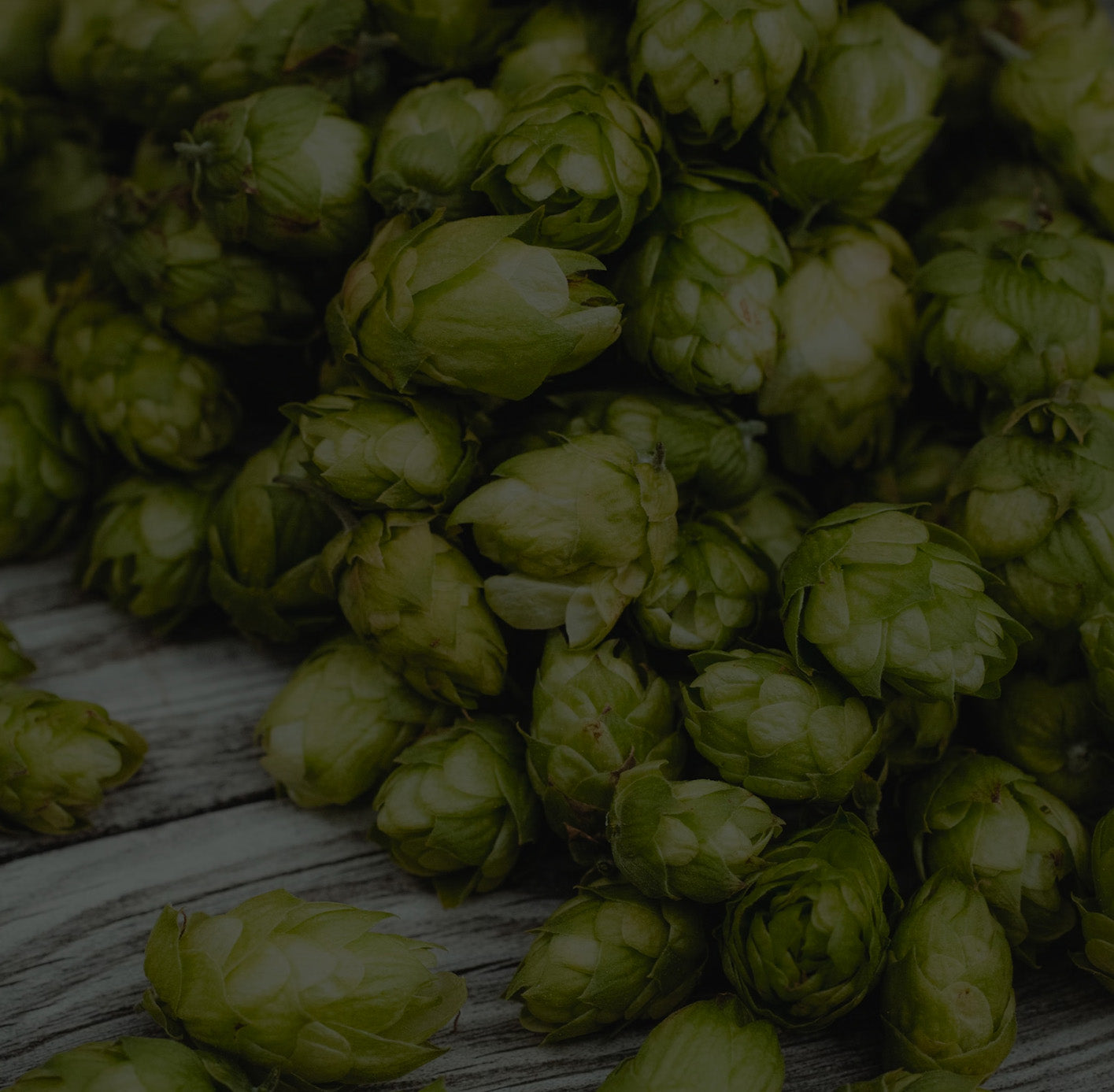Early American distillers measured the alcohol of (or "proofed") their spirits by shaking the glass container it was being held at and then looking at the bubbles. Large bubbles that disappear quickly it indicated a alcohol content, while smaller bubbles that disappear slower indicate lower alcohol content. Today alcohol is proofed more easily and also with much more precision by using a few simple tools. In this article we are going to explain how commercial spirits and fuel alcohol distillers use a proofing hydrometer and a copper proofing parrot to determine the alcohol content of their distillate.
Proof vs. ABV
Alcohol by volume (ABV) is a standard measure of how much alcohol is contained in an alcoholic beverage. Alcohol proof in the United States is defined as twice the percentage of alcohol by volume. If moonshine has a proof of 120, it contains 60% alcohol by volume.
What is a Hydrometer and How does it Work?
A hydrometer is an instrument that measures the density of a liquid compared to the density of water. Doing so provides lots of information regarding potential alcohol content, actual alcohol content, etc. One very important fact to note is that there are 2 different kinds of hydrometers: proofing and brewing.
When making beer or a whiskey mash, a brewing hydrometer is used by the brewer or distiller to measure either alcohol content or the potential alcohol content. This is done by by taking a specific gravity reading, which is essentially a measure of liquid density, before and after fermentation, then comparing the results. When distilling, a proofing hydrometer (also called a spirit hydrometer) is used by distillers to measure final alcohol content, which also indicates density, but only involves a single measurement.
The biggest difference between proofing and brewing hydrometers is the scale. The brewing hydrometer is used during the mash process and can measure up to a mash with a potential alcohol of 20% ABV. Proofing hydrometers are used for proofing moonshine and can measure up to 200 proof or 100% ABV.
This article focuses on proofing hydrometers, which is the type of hydrometer a commercial distiller would use with a parrot to measure the proof of alcohol that has been distilled. For information on brewing hydrometers, check out our article titled, "How to Use a Hydrometer."
To use a proofing hydrometer, a "test jar" or parrot is filled with the liquid to be measured and a hydrometer is placed into the jar/parrot. The hydrometer is physically spun with to shake any bubbles away that may be clinging to it, and also to prevent it from sticking to the side of the jar / parrot. The point at which the liquid meets the scale on the side of the hydrometer indicates proof.
How To Proof Distillate With A Parrot
The most common way commercial distillers measure the proof of distillate is by using a proofing hydrometer and a copper parrot. A proofing hydrometer is a very easy tool to use. A distilling hydrometer is placed into the parrot and the parrot is placed near the output of the still so that distillate from the still discharges into the parrot input (see illustration). Distillate will actually fill the parrot from the bottom up, causing the hydrometer to float. The floating hydrometer will show the proof of the product coming out of the still. The distillate will then exit the parrot, dripping into the collection vessel. This is the easiest, most convenient, and most reliable way to monitor and measure alcohol proof when commercially distilling spirits or fuel alcohol.
Why Should Proof be Measured?
Regardless of the product being made, knowing the proof is important. As commercial distillers should already know, product consistency and complying with TTB regulations are both imperative. Also, fuel alcohol production involves the distillation of extremely high proof distillate. Fuel that contains too much water won't combust and could also damage an engine.
Remember, it is illegal to distill alcohol at home without proper permits. Do not do this.








Leave a comment